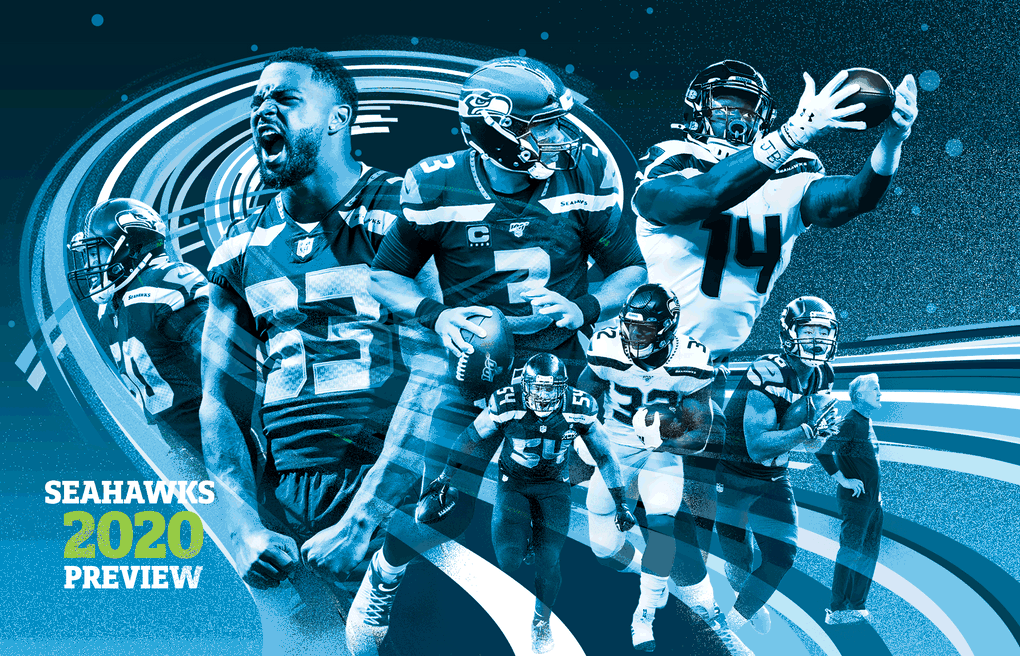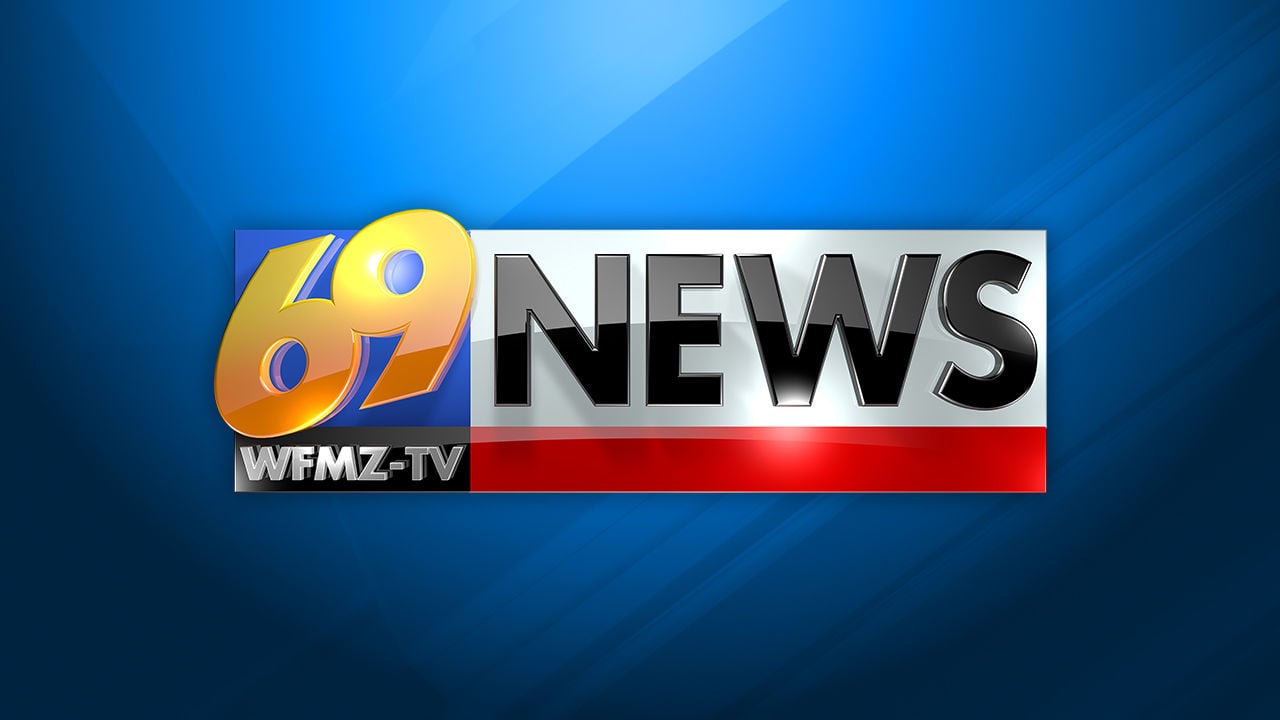The ethos of Seahawks coach Pete Carroll can be summed up in a word: compete. So it should come as no surprise that when the COVID-19 pandemic hit and threatened to disrupt the NFL season, Carroll took it as an opportunity for his team to compete against a frightening new foe.
So far the Seahawks are beating the odds and beating back the coronavirus better than even the most optimistic projections could have forecast. Benefiting from daily testing conducted in a parking-lot trailer at the team’s Renton headquarters, Seahawks players completed five weeks of summer training-camp practices without any reported coronavirus cases. Count that among the most improbable victories of Carroll’s career.
The rest of the NFL isn’t far behind in successfully navigating football’s startup amid a pandemic, giving reasonable hope that the country’s most popular league can, over the next four months, have its 32 teams play all 256 regular-season games in every corner of the country outside of a bubble isolation.
“We’ve worked so hard to get to this point,” Carroll said, “and I’m hoping that we’ll be able to carry it over.”
How long can the NFL team keep this up? The league’s latest testing results are encouraging: Of the 44,510 tests conducted of 8,349 players and team personnel from Aug. 30 to Sept. 5, only one player had a confirmed positive result. There were seven new cases among other team personnel.
Now the real challenges begin, as teams resume two activities health experts have consistently cautioned against doing in a pandemic: traveling and coming in close contact with others (because you can’t tackle somebody from six feet away).
The Seahawks, a team with designs on another Super Bowl run, open their season Sunday with a game in Atlanta. No fans will be allowed inside Mercedes-Benz Stadium, and no fans will be allowed at CenturyLink Field for at least the Seahawks’ first three home games.
There are six NFL teams — Cleveland, Dallas, Indianapolis, Jacksonville, Kansas City and Miami — moving ahead with plans to allow at least some fans at their games, alarming some health officials who say that is a dangerous gamble in communities still reeling from the effects of the novel coronavirus.
And as promising as the testing results are for the NFL, questions persistent about the league’s ability to create a safe environment for players, coaches, team personnel and fans when they all come together.
“It really brings up the question of, ‘Should we be playing at all?’ ” University of Washington infectious disease epidemiologist Jen Balkus said. “I think it’s a fair question. …
“Others have talked about, not ‘if’ but ‘when’ (an outbreak happens), and, ‘Will we even make it through the season?’ And I think if that’s the framework that you’re putting out there. You really have to question whether this is the right choice for your players. Do you want them here this season, or do you want them here in the long term?”
Zachary Binney is an epidemiologist at Oxford College at Emory University in Georgia, and he’s a lifelong football fan. The NFL’s restart in a pandemic has left him twisted in an ethical dilemma. As a fan, he wants to support his favorite team, the Miami Dolphins, and wants to continue a tradition with his father of watching games together on Sundays. But as a doctor he says he simply cannot condone some of the NFL’s decisions.
“I’ve dropped out of all my fantasy leagues. I dropped out of all my ‘survivor’ pools, and I’m not going to be watching any of the games,” Binney said. “I’m going to be spending a lot more time with my wife this fall than I usually do.”
For him the idea that the NFL would allow fans into games is unconscionable.
“It breaks my heart that I feel so conflicted,” he said. “I’m not asking the NFL not to play — I want the NFL back. And, honestly, based on the data we have so far, it seems like they have a plan where they can do it safely (for) their players and their coaches and their staff.
“If the league tomorrow came out and said, ‘You know what? We realized that having fans is not really a socially-minded thing to do. We’re putting surrounding communities at risk. We’re just not going to do that this fall.’ Then I’ll be the first one to tune in.”
Until that happens, he said the rewards are not worth it.
For the NFL, and for its network television partners, the rewards are significant. According to Forbes, the NFL generates almost $6 billion annually in television revenue.
The NFL contracted BioReference Laboratories to conduct daily testing at each team facility, at a reported cost of about $75 million. That includes up to 120 tests at each team site every day (with a cost of $125 per test beyond that allotment of 120).
At the Seahawks’ facility, the BioReference trailer includes six testing stations. Players and team personnel enter through one side of the trailer and sit down next to a lab technician who takes a swab of each nostril. Those tested exit through the other side of the trailer, the whole process typically taking about 90 seconds. The samples are sent to BioReference’s lab in California for testing, and results are available within 24 hours.
The NFL and the players’ union agreed to extend regular testing into the season, with players to be tested every day except game day.
Before returning to Seattle to begin practices in late July, veteran Seahawks offensive lineman Duane Brown said he had “a lot of concerns” about playing this season.
“That part that scared you was just, ‘What if?’ And not knowing what could happen,” he said. “But the Seahawks have done a great job of keeping us out of harm’s way as much as possible, doing everything possible to make it normal. It hasn’t been the same as usual, but I think the comfort level is there for all of us. … Now we’re on the road of just playing football and trying to win games.”
In addition to the daily testing, Jon Drezner, a Seahawks team physician, said the players’ commitment to social-distancing habits in and out of the team facility — wearing masks, conducting meetings on Zoom, avoiding large gatherings — have been vital. At the beginning of training camp, Carroll challenged his players to show their “mental toughness” in keeping the virus away from the team.
“Players and coaches and staff have to continue to be smart outside of the facility, because it’s not a bubble,” Drezner said. “They go home, or they go back to the hotel, and what they do there really matters.
“At least with the Seahawks, there’s a real sense of shared ownership to make this work. And I think Coach Carroll has been fabulous at making sure that that’s the attitude as a collective.”
Binney acknowledged he is pleasantly surprised at the NFL’s testing success, and he hopes the NFL won’t hit the same roadblocks that have derailed parts of this season for Major League Baseball, another pro league operating outside a bubble. Still, he cautioned against the NFL getting too comfortable.
“The situation is going to be constantly fragile, and it’s going to require constant vigilance from each and every person involved,” he said. “One weak link could blow up an entire team, so you’re always going to be walking on eggshells this whole season.”






More Stories
NBA rumors: Ex-Clippers coach Doc Rivers is a candidate for Sixers, Pelicans jobs
Thyssenkrupp to cut 800 jobs at automotive business
Disney to Cut 28,000 Jobs in One of Biggest Layoffs of Covid Era